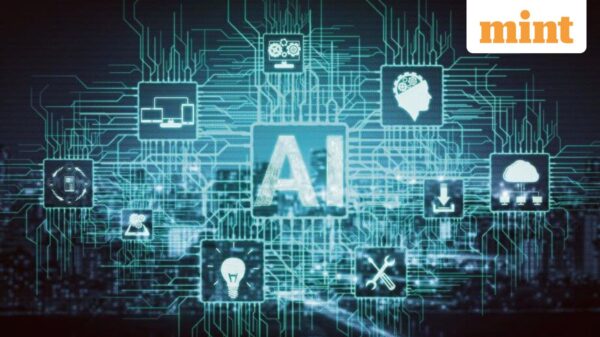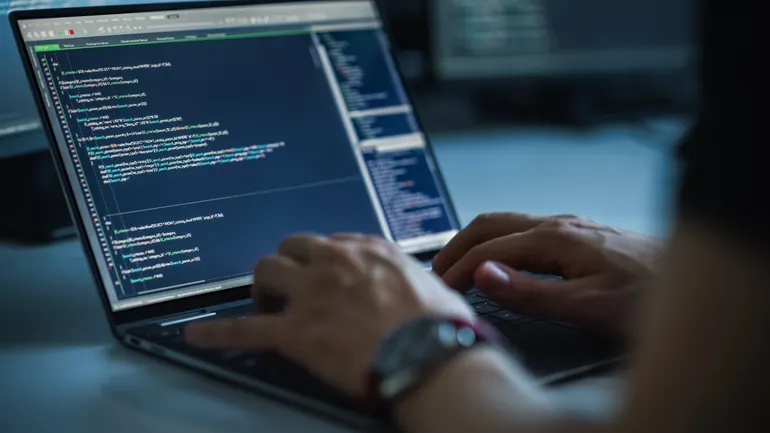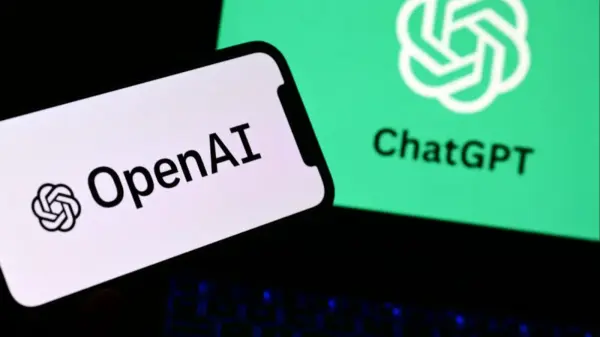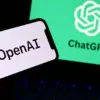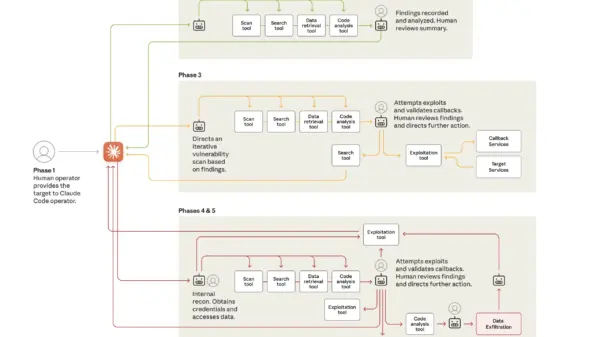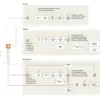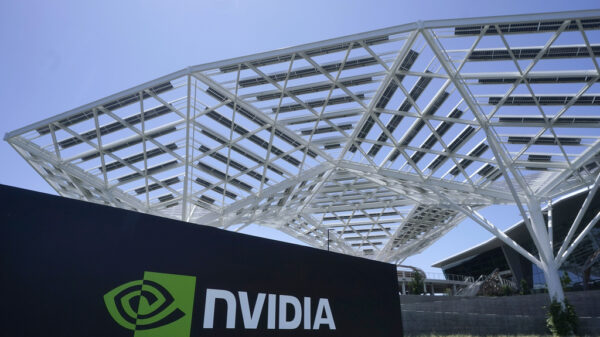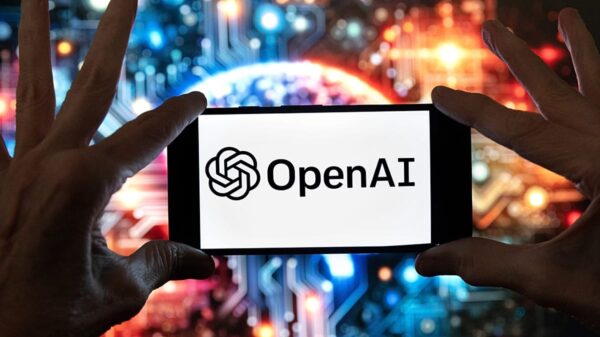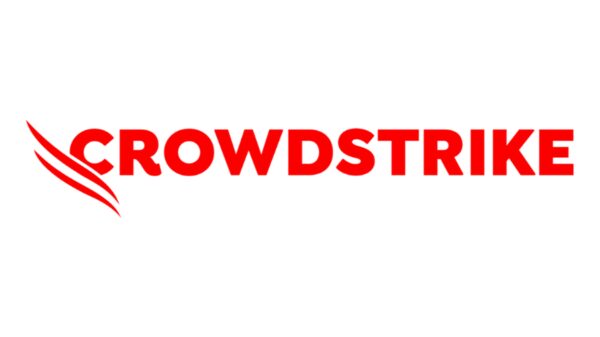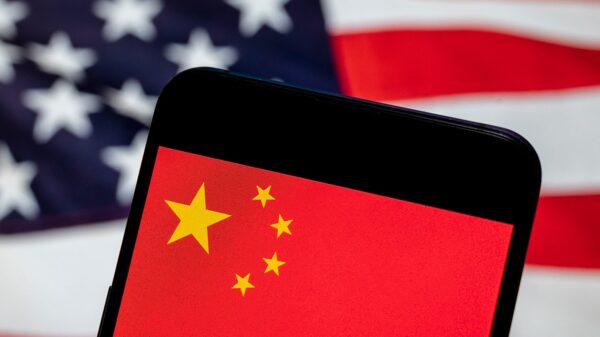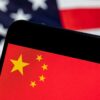Factory, a San Francisco-based startup, recently thwarted an attack from a state-linked threat group that aimed to hijack its software development platform as part of a global cyberfraud operation. The company identified the attackers, some of whom are believed to be associated with state actors from China, who employed AI-driven coding agents to adapt their strategies in real time against Factory’s cyber defenses.
The primary intent behind this breach appeared to be the aggregation of various AI products, enabling the attackers to resell access as part of a broader cybercrime operation. According to Factory’s Chief Technology Officer, Eno Reyes, the assailants aimed to exploit free-tier access and onboarding pathways across multiple AI providers, including Factory, to create a large-scale fraudulent network. Reyes stated, “Their objective was to repurpose AI platforms like ours as compute and tooling nodes within a broader mesh of ‘off-label’ model usage.”
The attack, first detected on October 11, lasted for several days, during which Factory examined its logs and noticed unusual patterns of thousands of organizations using its Droid product. The analysis revealed that this activity deviated significantly from the typical usage patterns expected from legitimate customers.
During the investigation, Factory uncovered multiple Telegram channels promoting free or discounted access to premium AI coding assistants. Additionally, these threat actors were found to be offering access to vulnerability research on third-party targets alongside various cybercrime resources.
This incident coincided with recent disclosures from Anthropic regarding a sophisticated espionage campaign primarily leveraging AI infrastructure. James Plouffe, a principal analyst at Forrester, noted that the attacks on Factory and Anthropic could demonstrate a viable proof of concept for AI-driven attack infrastructure. Plouffe explained that the attacks allow adversaries to “probe the detection and response capabilities of the frontier AI companies themselves.”
Factory has shared its findings with relevant security agencies and regulatory authorities, highlighting the urgent need for enhanced cybersecurity protocols as AI technologies become increasingly integrated into various sectors.
This incident raises significant questions about the resilience of AI platforms against sophisticated cyber threats. As AI becomes more ubiquitous, the risk of exploitation by malicious entities grows. The need for robust cybersecurity measures is paramount, especially as organizations increasingly leverage AI technologies for critical operations.
Moving forward, it is essential for AI companies to not only enhance their security provisions but also to establish protocols for collaborative information sharing among industry peers. This can bolster collective defense mechanisms against such advanced threats. The evolving landscape of cybercrime necessitates a proactive approach to security, particularly in the context of AI-driven technologies.
In conclusion, the attack on Factory by state-linked threat groups underscores the importance of vigilance in the AI sector. As the technology continues to evolve, so too must the strategies to defend against those who seek to exploit it for nefarious purposes.
 CDW Empowers UNC Greensboro to Launch Immersive AI and VR Learning Programs
CDW Empowers UNC Greensboro to Launch Immersive AI and VR Learning Programs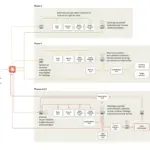 Chinese State Hackers Deploy AI in Unprecedented 30-Target Cyberattack, Warn Experts
Chinese State Hackers Deploy AI in Unprecedented 30-Target Cyberattack, Warn Experts CASPER AI Launches with Context-Aware Cyber Threat Detection for Enhanced Security
CASPER AI Launches with Context-Aware Cyber Threat Detection for Enhanced Security Google Launches AI Security Frameworks and Scam Protection Tools for India’s Digital Economy
Google Launches AI Security Frameworks and Scam Protection Tools for India’s Digital Economy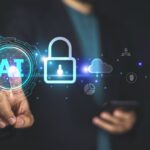 Türk Telekom Accelerates AI-Driven Cybersecurity Investments, Blocking 2,620 Attacks in 2023
Türk Telekom Accelerates AI-Driven Cybersecurity Investments, Blocking 2,620 Attacks in 2023


